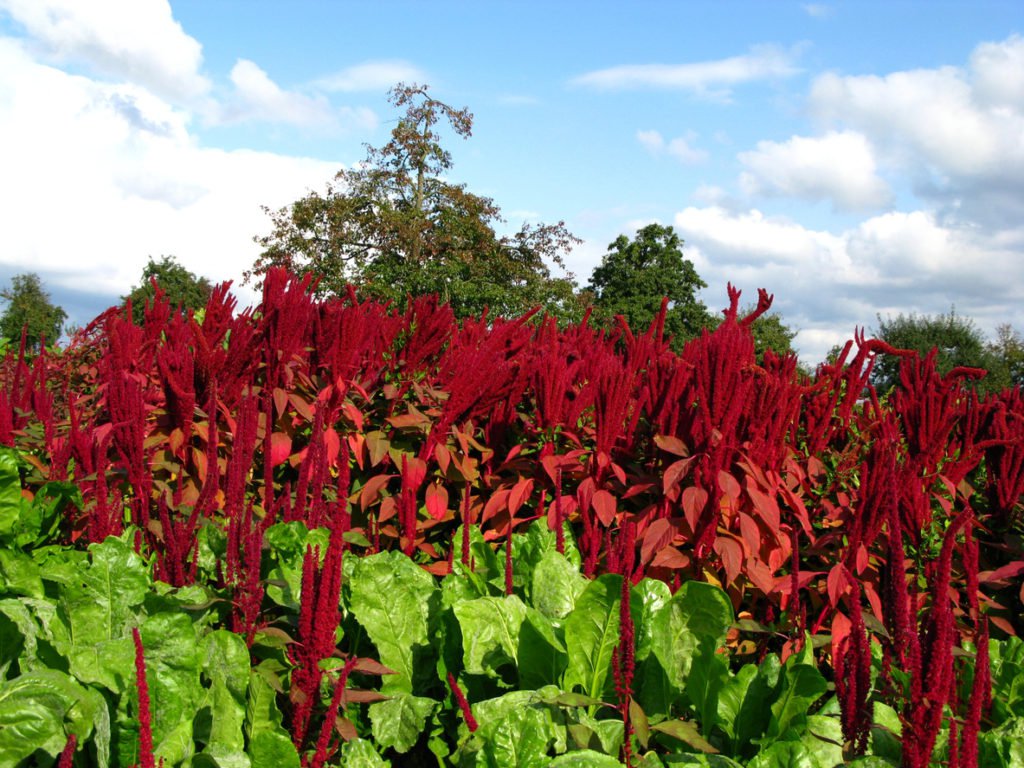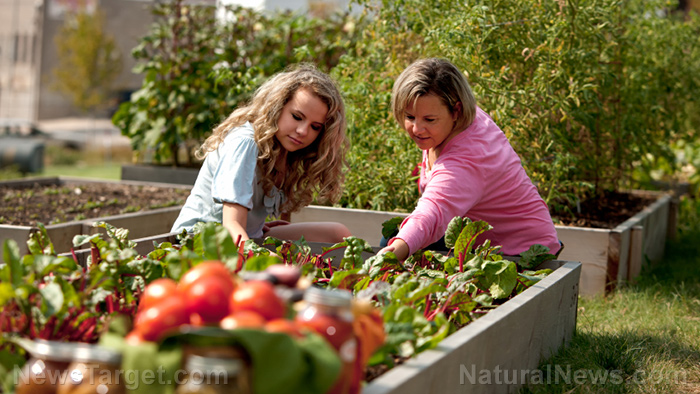Things to consider when building your stockpile of healthy foods
04/01/2020 / By Arsenio Toledo

During this period of worldwide calamity, everyone is looking into the kind of healthy foods they should get for their stockpile. You may be living in a city or state that has already imposed some lockdown procedures. In that case, you may want to check the foods you currently have.
While the current wave of the coronavirus pandemic may not affect the electric grid now, there is a chance that the power could go out later in the year during the second wave of infections. This means that you should start thinking about buying healthy foods that don’t need to be cooked. Here are several things to consider when you’re building your stockpile of survival foods. (h/t to MoneyTalksNews.com)
Set a (realistic) goal
Before you head out to the grocery store, consider a few things first: How much money can you spend on food? How much food can you store? If you don’t have a lot of money to spend on food, the Department of Homeland Security at the very least recommends buying a three-day supply of non-perishable food. This can be a great place to start. Start saving up now, and begin buying more and more food until you hit the three-day mark. Once you reach this goal, start scaling up your stock by buying food for four days, and then for five, six, a whole week, and so on until you’ve reached your goal. Whether that goal is a month’s or a year’s worth of non-perishable foods will depend on you.
Prioritize storing water
Before you think about buying more food, make sure you have enough water to last the entirety of a disaster. You can’t rely on tap water alone, especially if you’re not certain about the quality of water in your neighborhood. Furthermore, your tap water may be filled with pharmaceuticals, pesticides and other radioactive and cancer-causing chemicals. The Centers for Disease Control and Prevention (CDC) recommends buying one gallon of water per day for each person and pet in your household. Much like your stockpile of food, scale up your water supply until you reach at least a two-week supply of safely stored water.
Invest in healthy, nutritious and tasty foods
It’s not enough to just buy food. If most of the foods you’re buying are junk foods, then your health will deteriorate before COVID-19 even gets to you. Consider getting nutritious and healthy foods, such as:
- Cereals
- Canned and dried meat
- Canned vegetables and dried fruits
- Peanut butter
- Nuts and trail mixes
- Granola bars
- Canned soups and chili
Buy your survival foods in bulk
If you want to stockpile affordably, buy your survival foods in bulk as much as possible. Buying in bulk has several advantages, such as reducing the price of your food items per unit, and reducing the need to go to the grocery store, where you may be exposed to infected people. (Related: 10 affordable food and nutritional items you can stockpile before the big crisis hits.)
Stock up on longer-lasting produce
Fresh and organic foods are very nutritious and will provide a variety of health benefits. If a disaster or a lockdown is coming and you’re still able to buy fresh foods, consider buying some produce that can last for weeks or even months, especially if you store them properly. The fresh foods you should prioritize are:
- Apples
- Citrus fruits like lemons, limes and sweet oranges
- Winter squashes like acorn squash
- Potatoes and yams
Consider buying seeds for sprouting
If you want to supplement your survival food stocks, consider buying seeds that you can sprout in jars. There are a variety of healthy, nutritious and tasty sprouts that you can grow in your own home with minimal supervision. These include broccoli, beet, alfalfa, lentil and even sunflower sprouts.
Rotate your food rations
Once you’ve got your supply of survival foods, make sure they’re all stored properly and that you check their remaining shelf life constantly. Rotate foods that are near the end of their shelf life by eating them. You don’t want to be left with expired foods, as they will only damage your health.
For more tips on how to store food, check out FoodSupply.news.
Sources include:
Tagged Under: bug in, emergency, Food storage, food supply, off grid, preparedness, prepping, SHTF, Stockpile, survival, survival food
RECENT NEWS & ARTICLES
EmergencyFood.News is a fact-based public education website published by Emergency Food News Features, LLC.
All content copyright © 2018 by Emergency Food News Features, LLC.
Contact Us with Tips or Corrections
All trademarks, registered trademarks and servicemarks mentioned on this site are the property of their respective owners.


















